Are you struggling to make your products stand out in crowded stores? Misinformation about displays can lead to costly mistakes. I will help you by answering the most common questions.
A Point of Purchase (POP) display is a marketing tool designed to boost sales directly in a retail environment. The most frequent questions revolve around their primary goal, potential disadvantages, who supplies them, and what defines a point of purchase display, all crucial for effective retail strategy.

Over my 16 years in this business, I've heard every question imaginable about cardboard displays. Many brands know they need them, but they aren't sure where to start. They worry about cost, effectiveness, and the complex process of getting a display from an idea into a thousand stores. It's a valid concern because a lot can go wrong. But when you get it right, the results are amazing. I'm going to walk you through the key questions my team and I get asked all the time. My goal is to give you the clear, simple answers you need to make smart decisions for your brand. Let's get started.
What is the primary goal of pop displays?
Your displays are in stores, but they are not driving sales. Your product gets lost on the shelf. Let’s focus on the one goal that truly matters for success.
The primary goal of POP displays is to drive impulse purchases and increase sales lift. They do this by capturing customer attention at the exact moment they are making buying decisions, drawing their focus to a specific product or promotion.
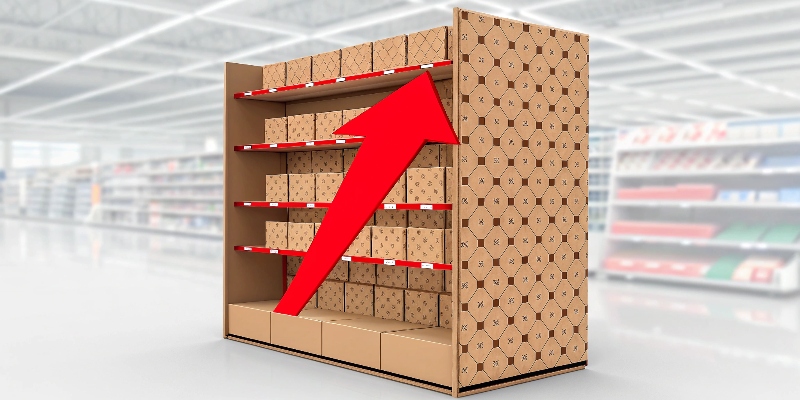
While the ultimate goal is always to sell more product, that single objective breaks down into a few key missions. From my experience, a great display achieves its goal by mastering three specific jobs. Thinking about it this way helps my clients, especially designers like Peter, focus their creative efforts. A display isn't just a box to hold products; it's a silent salesperson working for you on the retail floor. We design each display to perform one or more of these roles exceptionally well.
Driving Sales Through Visibility
The first job is to interrupt the customer's shopping routine. Aisle-level visibility is everything. We place displays at endcaps or in high-traffic areas specifically to break the visual pattern of standard shelving. This forces a customer to stop and look. I remember a project for a snack company where we designed a brightly colored FSDU (Free Standing Display Unit). By placing it at the front of the store, we saw a 30% sales lift in the first week alone, simply because it couldn't be ignored.
Building Brand Awareness
Sometimes, the goal is more long-term. A display reinforces your brand's image and story. Even if a customer doesn't buy the product right then, a well-designed display with strong, consistent branding builds recognition. Over time, this repeated exposure creates trust and keeps your brand top-of-mind. It's about planting a seed. We ensure the brand's logo, colors, and key messages are prominent, turning the display into a mini-billboard that strengthens brand recall.
Educating the Customer
Finally, a display can be an educator. It quickly answers customer questions. What does this product do? Why is it better than the others? A display can communicate key features and benefits with clear text and graphics. This is crucial for new or complex products. We often use a simple table or a few bullet points on the display's header to give customers the information they need to feel confident in their purchase.
| Goal Type | Primary Action | Desired Outcome |
|---|---|---|
| Sales Lift | Grab attention, showcase offer | Immediate purchase |
| Brand Building | Display logo & brand story | Increased brand recall |
| Customer Education | Highlight key features/benefits | Informed & confident buyer |
What are the disadvantages of pop displays?
Are you worried about the risks of investing in POP displays? A poorly planned display can waste money and even damage your brand's image. Let's look at the potential downsides.
The main disadvantages include the initial cost of design and production, complex logistics for shipping and assembly, and a limited lifespan. They can also be damaged in-store or create clutter, potentially reflecting poorly on your product if not executed well.

It's easy to focus on the benefits, but being aware of the challenges is just as important. In my 16 years, I’ve seen projects face hurdles that could have been avoided with better planning. Acknowledging these potential drawbacks from the start helps us create a strategy to overcome them. For anyone involved in product design or marketing, understanding these risks is the first step toward a successful display campaign. Let’s break down the three biggest challenges I see brands encounter.
Cost and ROI Concerns
The most obvious disadvantage is the cost. There are expenses for design, prototyping, manufacturing, and shipping. You have to be confident that the increase in sales will provide a positive return on investment (ROI). I once worked with a startup that ordered a very complex, expensive display for a low-margin product. The display looked fantastic, but they would have had to sell thousands of units from each display just to break even. We always start by analyzing the product's price point and sales goals to ensure the display's cost makes financial sense. It's a simple calculation, but it's amazing how often it gets overlooked.
Logistics and In-Store Execution
The second challenge is getting the display into stores and set up correctly. Many displays are shipped flat-packed to save on costs, but this means busy store employees have to assemble them. If the instructions are unclear or the assembly is too complicated, the display may end up in a back room, never reaching the sales floor. I’ve learned that designing for easy assembly is non-negotiable. We now use locking tabs, color-coded parts, and video instructions to make setup as foolproof as possible.
Durability and Maintenance
Finally, most cardboard POP displays have a limited lifespan. They are designed for temporary campaigns, typically lasting a few weeks to a few months. During that time, they can get damaged by shopping carts, spills, or general wear and tear. A damaged or dirty display makes your product look cheap and undesirable. We manage this by selecting the right materials and coatings for the expected duration and store environment. For a longer campaign, using a stronger grade of corrugated board or adding a protective laminate can make all the difference.
Who usually provides pop displays?
You know you need a display, but where do you get it? Choosing the wrong partner can lead to design flaws, production delays, and a failed campaign. Let me explain the options.
POP displays are almost always provided by specialized manufacturers like my company, Lddisplay. These companies focus on designing, engineering, printing, and producing custom displays. A brand’s marketing or sales team works directly with these manufacturers to bring an idea to life.
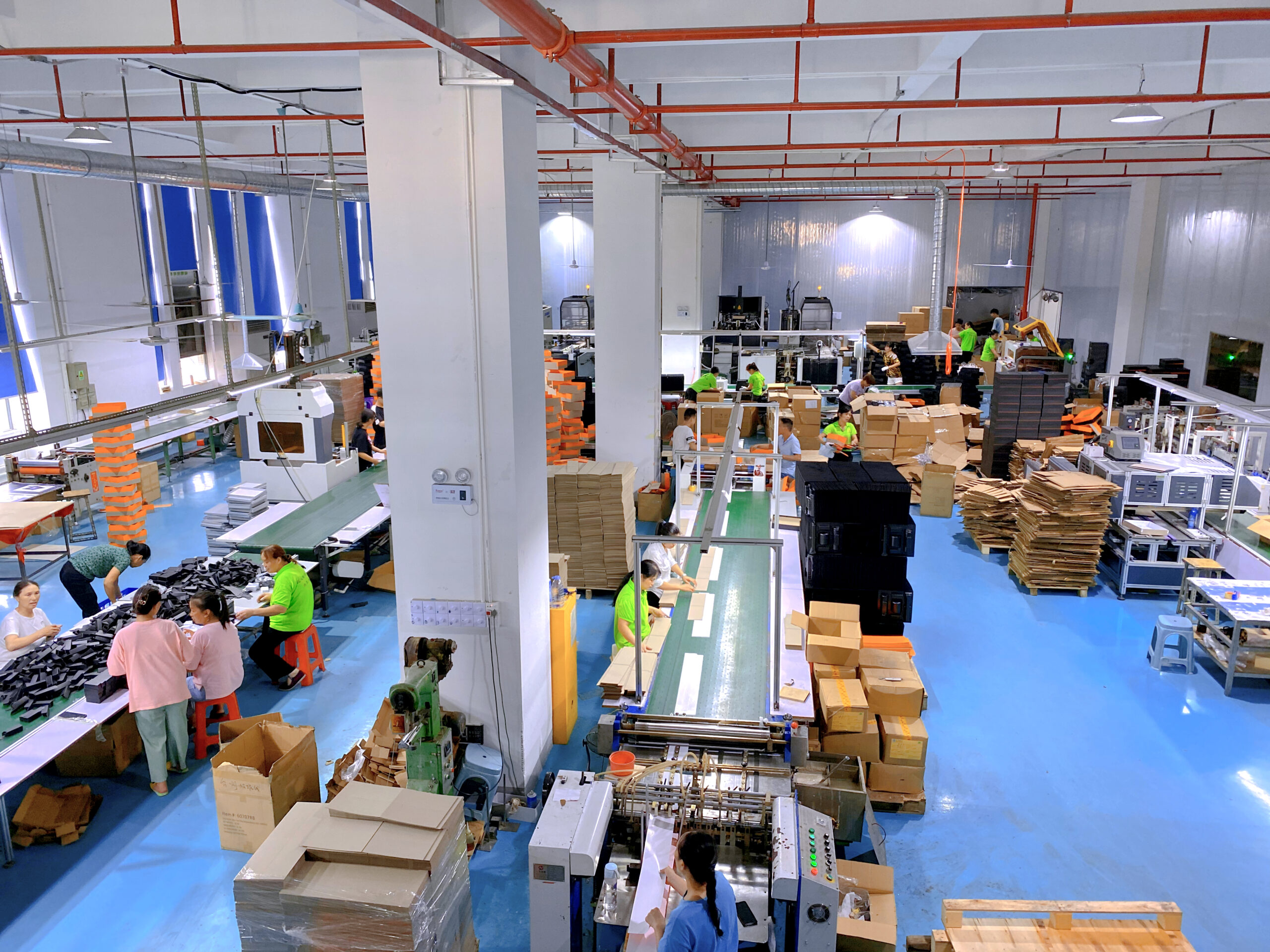
Finding the right partner to create your display is one of the most critical steps. The process isn't like ordering something from a catalog; it's a collaborative effort to solve a specific retail challenge. Over the years, I've worked with brands in several different ways, but most supplier relationships fall into one of a few categories. Knowing who does what will help you navigate the process more effectively and find a partner who understands both your product and your goals. Here’s a look at the typical players involved.
Specialized Manufacturers
This is the most direct and common route. A company like mine, Lddisplay, has all the expertise under one roof. We have structural designers who understand the physics of cardboard, graphic designers who know how to print effectively on it, and the production machinery to make it all happen. When a brand comes to us directly, we can guide them from a rough sketch to a final, store-ready display. This is efficient because the people designing the display also know exactly how it will be made, which avoids problems later on. We handle the materials, engineering, and quality control, making us a one-stop shop.
The Role of Design Agencies
Sometimes, a brand's advertising or design agency will develop the creative concept for a display campaign. They focus on the big-picture marketing message and visual identity. Then, they bring that concept to a manufacturer like us to handle the "how." This can work well, but it requires close collaboration. I’ve seen beautiful concepts from agencies that were structurally impossible to build or would cost a fortune. In those cases, our job is to work with the agency to tweak the design so it’s stable, manufacturable, and fits the budget, all without losing the creative spark.
In-House Teams
A few very large brands might have an in-house team for display design. However, they almost always still outsource the actual manufacturing. Running a printing and die-cutting facility is a completely different business. So even if the initial designs are done internally, they will partner with a manufacturer for production and fulfillment. The advantage for us in these cases is that we are working with people who have deep product knowledge.
| Provider Type | Pros | Cons |
|---|---|---|
| Specialized Manufacturer | One-stop-shop, expert knowledge, efficient | May have less brand strategy input |
| Design Agency | High-level creative concepts, brand alignment | Lacks manufacturing knowledge, adds cost |
| In-House Team | Full control over the creative process | Still needs a manufacturing partner |
What is the point of purchase pop display?
You hear the term "point of purchase" all the time, but what does it really mean? Not knowing the specifics can cause you to miss out on powerful marketing opportunities. Let's clarify it.
A Point of Purchase (POP) display is a broad term for any promotional material or structure placed alongside the product it is promoting in a retail store. Its purpose is to influence a customer's buying decision at the "point of purchase."
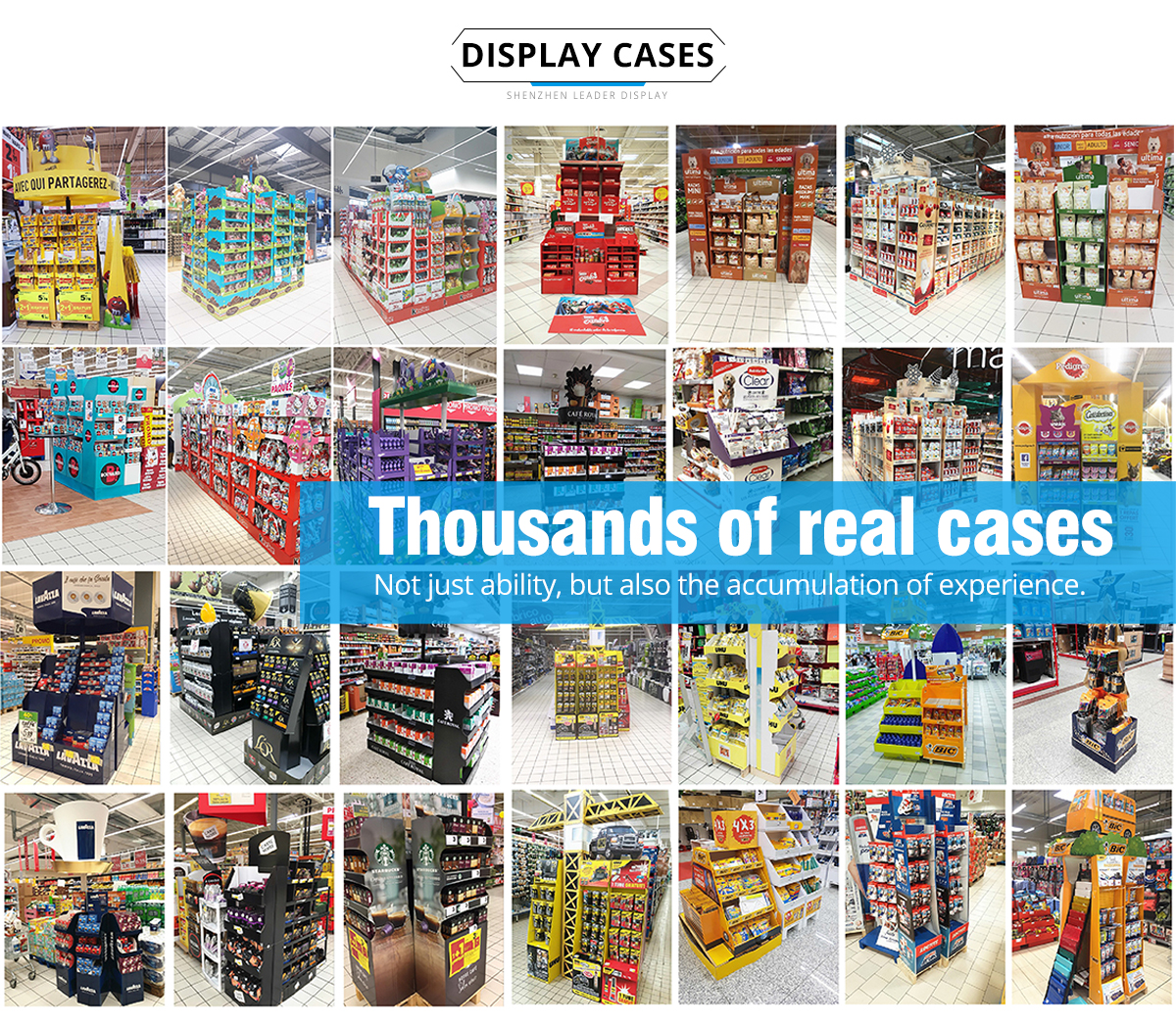
This term can be confusing because it covers so many different things. When a client says they need a "POP display," my first question is always, "What kind?" A small sign on a shelf and a giant display in the middle of an aisle are both technically POP displays, but they serve very different functions. As a designer or brand manager, understanding the different types and their specific uses is key to choosing the right tool for the job. Let’s break down the terminology and the most common formats you'll find in stores.
"Point of Purchase1" vs. "Point of Sale"
First, let's clear up a common mix-up. "Point of Purchase1" (POP) refers to anywhere in the store a customer might encounter a product and make a buying decision—like in the main grocery aisle. "Point of Sale" (POS) specifically refers to the location where the transaction happens, which is the checkout counter. While displays at the checkout are a type of POP display, the overall POP category is much broader. Thinking about this difference helps you strategize. Do you want to interrupt them while they shop the aisle, or tempt them with one last impulse buy at the register?
Common Types of POP Displays
There are dozens of types, but most fall into a few key categories. Knowing the names helps you speak the language of retail. Here are the ones we build most often:
- Free Standing Display Units (FSDU)2: These are large, standalone displays that sit on the floor. They are great for new product launches or high-volume promotions.
- Counter Display Units (CDU)3: Small displays designed to sit on a counter or checkout. Perfect for small, high-impulse items like candy, batteries, or cosmetics.
- Dump Bins4: Large, open-topped bins, usually made of cardboard, filled with products. They are great for discounted items or products with unusual shapes.
- Pallet Displays5: An entire pallet of products with a decorative cardboard wrap or header. Used for moving high volumes of a single item, especially seasonal goods.
Matching the Display Type to the Goal
The key is to match the display type to your product and objective. You wouldn't put large bags of dog food in a counter display, and you wouldn't use a massive pallet display for a delicate, high-end cosmetic item. The right display in the right location is what drives results. We always have this conversation with clients to ensure the format fits the strategy.
| Display Type | Best For | Retail Location |
|---|---|---|
| FSDU | New product launches, featured promos | Main aisles, endcaps |
| Counter Display (CDU) | Small, impulse-buy items | Checkout counters |
| Dump Bin | Discounted or bulk items | High-traffic areas |
| Pallet Display | High-volume, seasonal goods | Store entrance, wide aisles |
Conclusion
Understanding POP display goals, drawbacks, suppliers, and types is key. This knowledge empowers you to create effective retail displays that successfully capture attention and drive sales for your brand.
-
Explore this link to clarify the distinction between POP and POS, essential for effective retail strategies. ↩ ↩
-
Learn about FSDUs and how they can enhance product visibility and sales in retail environments. ↩
-
Discover the effectiveness of CDUs in driving impulse purchases at checkout counters. ↩
-
Find out how Dump Bins can attract customers and promote discounted items effectively. ↩
-
Understand how Pallet Displays can optimize product placement and boost sales during peak seasons. ↩


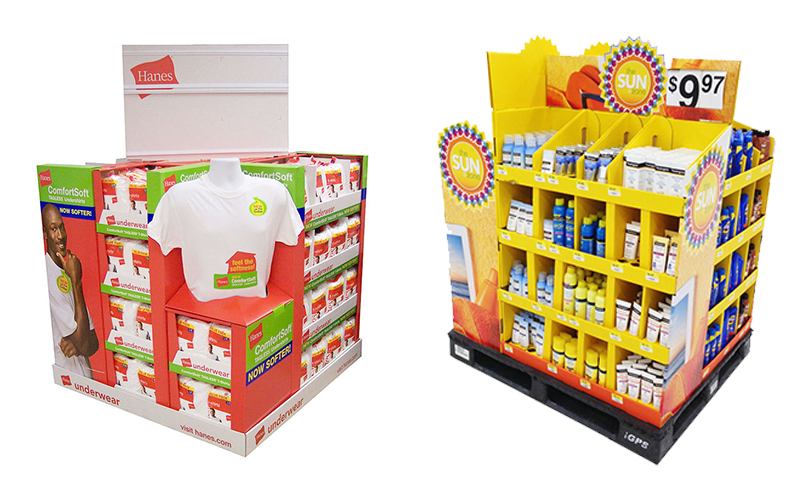
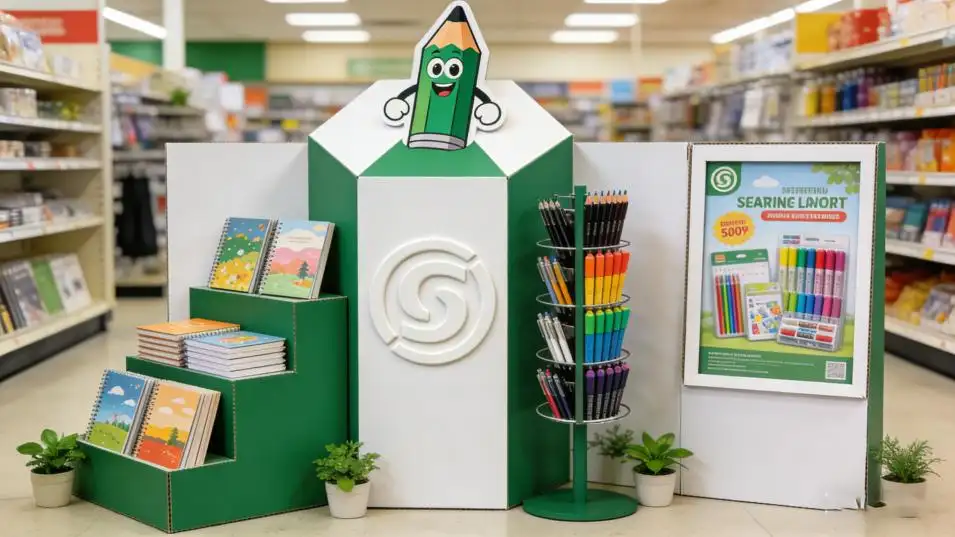

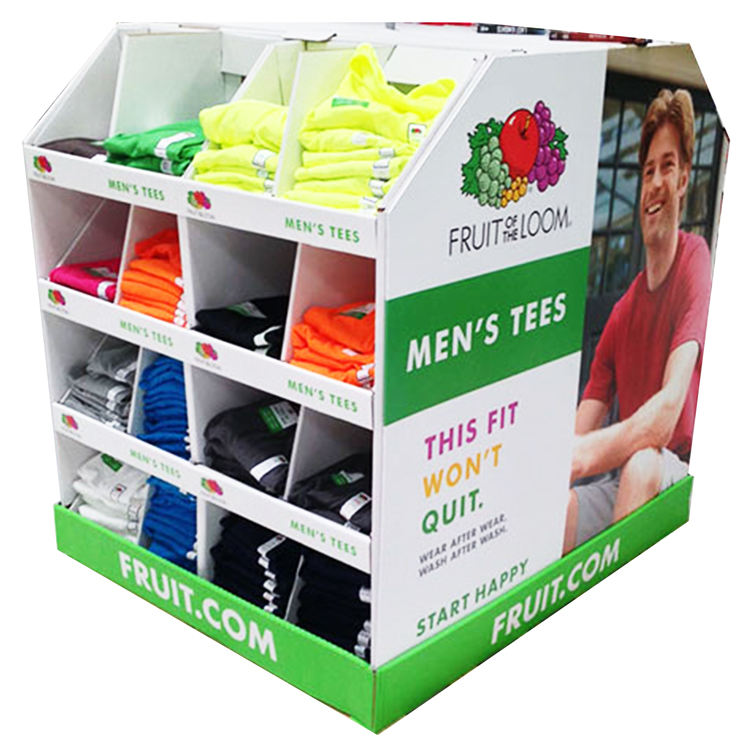
4 Responses